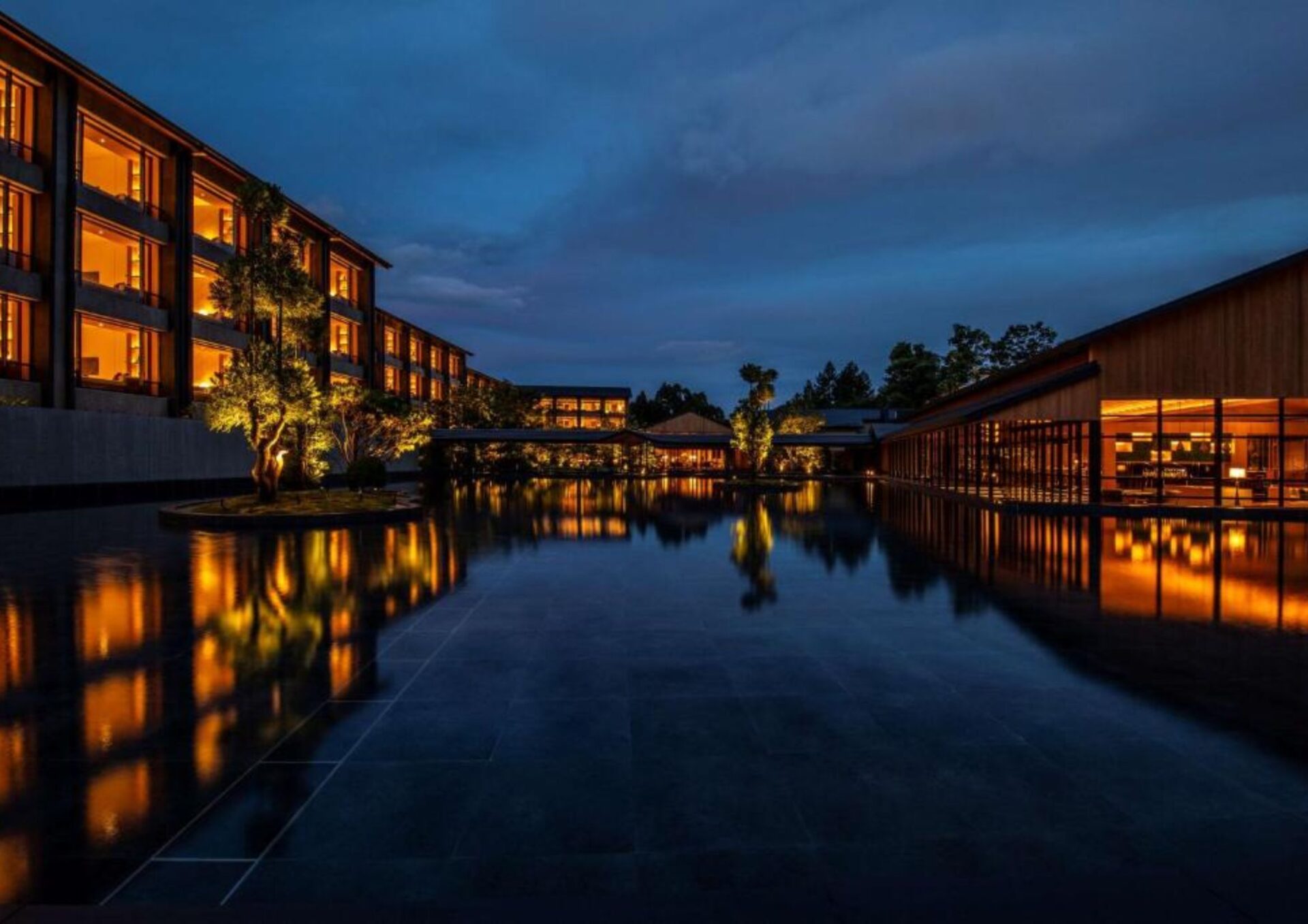In Japan, hotels are often reimagined as zen teahouses or smart Samurai mansions. Here are some of our favorite Ryokans.
Roku Kyoto, LXR Hotels & Resorts, Japan

A luxury resort rather than a city hotel, Roku Kyoto is the perfect place to recharge after a day of sightseeing in Japan’s ancient capital. As the hotel’s minimalist architecture echoes temple aesthetics, it treads an elegant line between contemporary design and traditional Kyoto aesthetics: light woods and external walkways under pitched roofs connect cloud-reflecting water pools and blooming gardens. In addition to restaurant Tenjin’s dinner-only Chef’s Table, the hotel offers a thermal hot-spring swimming pool outside, which is a major attraction for Kyoto visitors.
Mama Arashiyama, Kyoto



Located just a few minutes from the famed bamboo forests of Arashiyama, Mama Arashiyama is a new 10-room hotel and restaurant that is modern, minimalist, and beautifully crafted. In addition to combining materials crafted by modern artisans with Scandinavian furniture, the hotel offers a low-key, stylish pizza restaurant (yes, really) and stone baths overlooking private gardens. Arashiyama is an ideal Kyoto insider’s secret, as it’s a world away from the luxury sheen of five-star hotels, yet still inspires you to redesign your home.
The Shinmonzen, Kyoto



On a quiet lane in Kyoto’s Gion district, The Shinmonzen sits on a quiet lane, a modern take on a traditional ryokan inn. With its traditional wooden façade and contemporary interior cocktail of modern design and world-class artwork, it is the chic little sister of Villa la Coste in the South of France. Featuring minimalist screens and hinoki cypress-wood bathtubs, each suite offers a smooth mix of modern Kyoto craftsmanship with a hint of Provençal DNA as reflected by the lingering scent of jasmine from each balcony. Each suite is flooded with natural light and showcases a smooth mix of modern Kyoto craftsmanship.
Shinsho-an, Kyoto
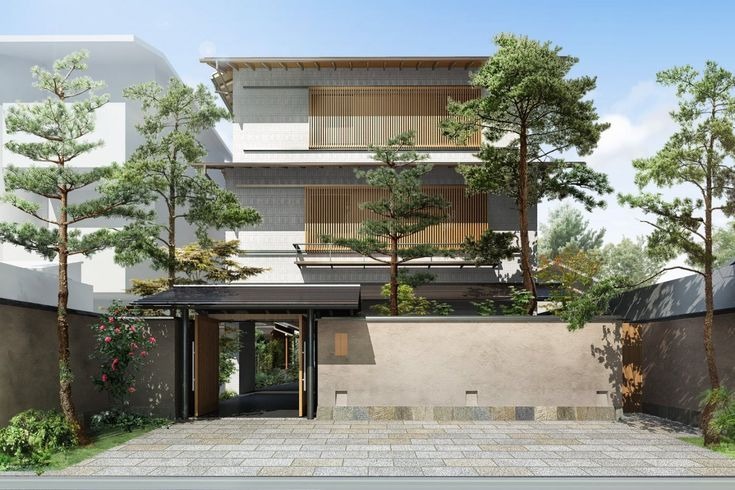
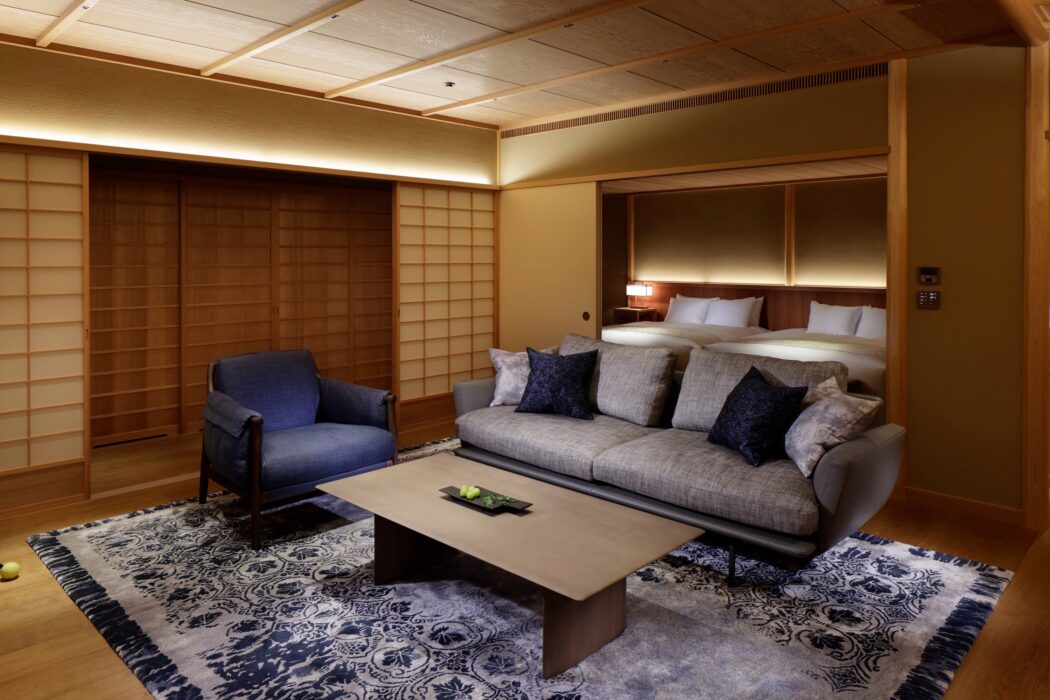
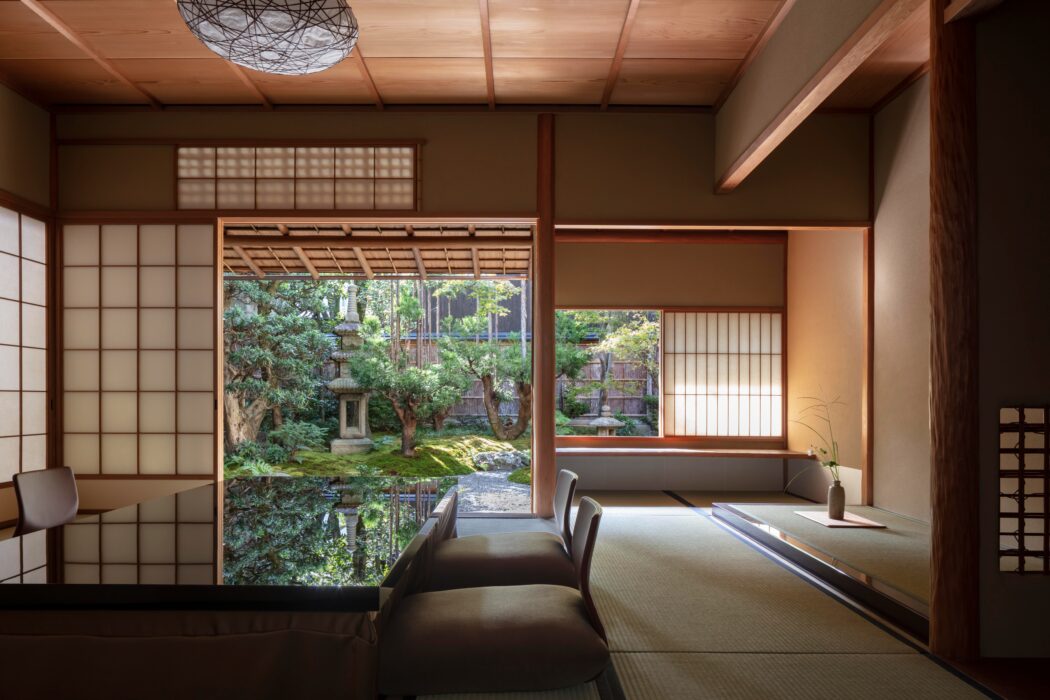
At Shinsho-an, the atmosphere is more like a luxurious private home than a hotel. Modern Kyoto restaurant and next-level hospitality are enhanced by sleek interiors sourced from across Japan and contemporary design touches. You can request cashmere-covered hot water bottles underneath your sheets at night to enhance the scene-stealing modern Kyoto restaurant. One of Japan’s oldest florists designed and furnished each of the four suites to be extremely spacious and unique. From mouth-watering squid sashimi for breakfast to nine-course omakase dinner, Michelin-star chef Toshiro Ogata prepares all meals.
The Tokyo
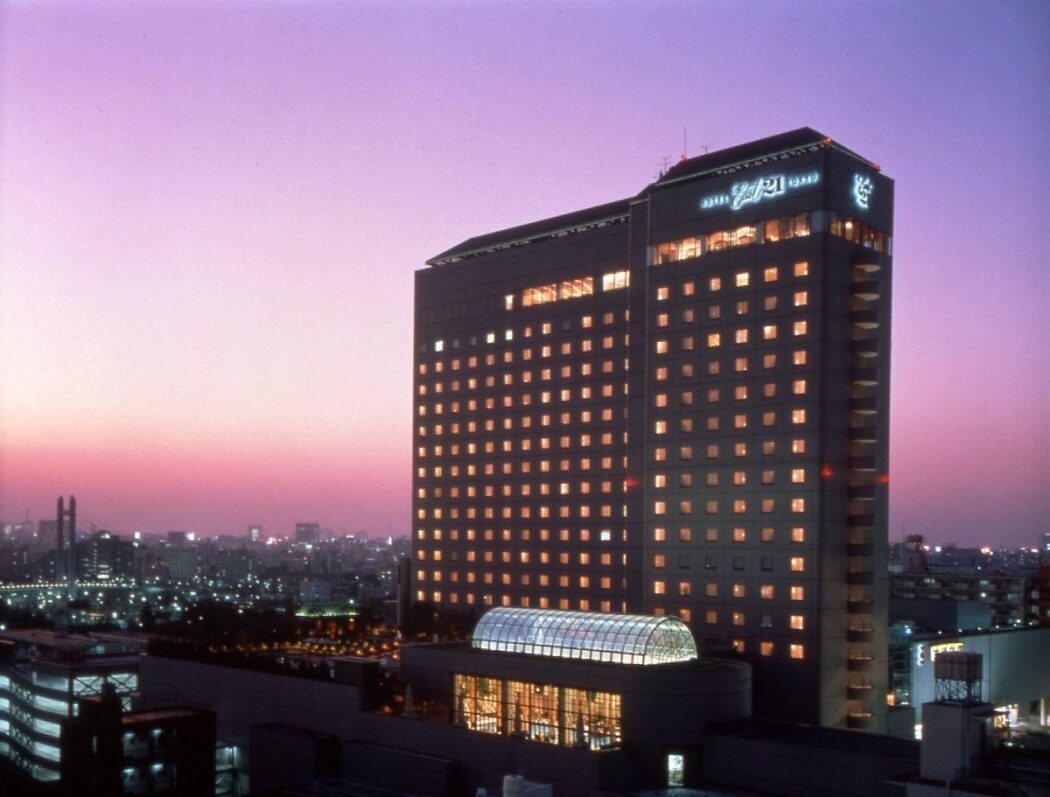
Tokyo’s first-edition hotel combines contemporary design with attention to detail, making it a favorite target for fashionistas and creatives. In the upmarket Kamiyacho district, it takes up the upper levels of a shiny new 38-story skyscraper, adding a touch of sleek modernity to the district with a black-veined marble wall and a glowing acrylic bird installation, as well as a floating urban jungle on the 31st floor and minimal rooms with breathtaking views of the skyline.
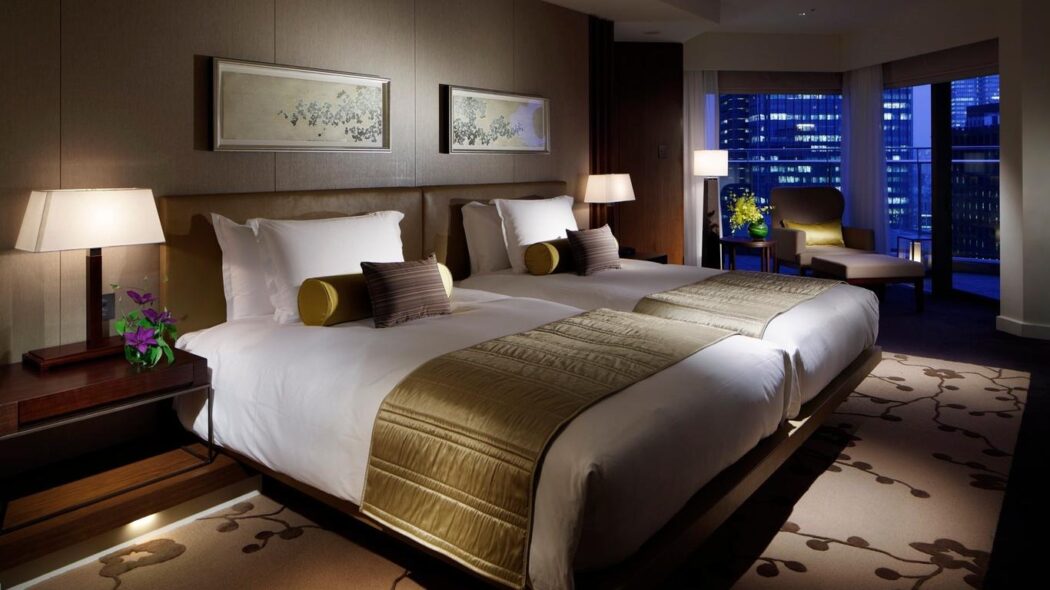
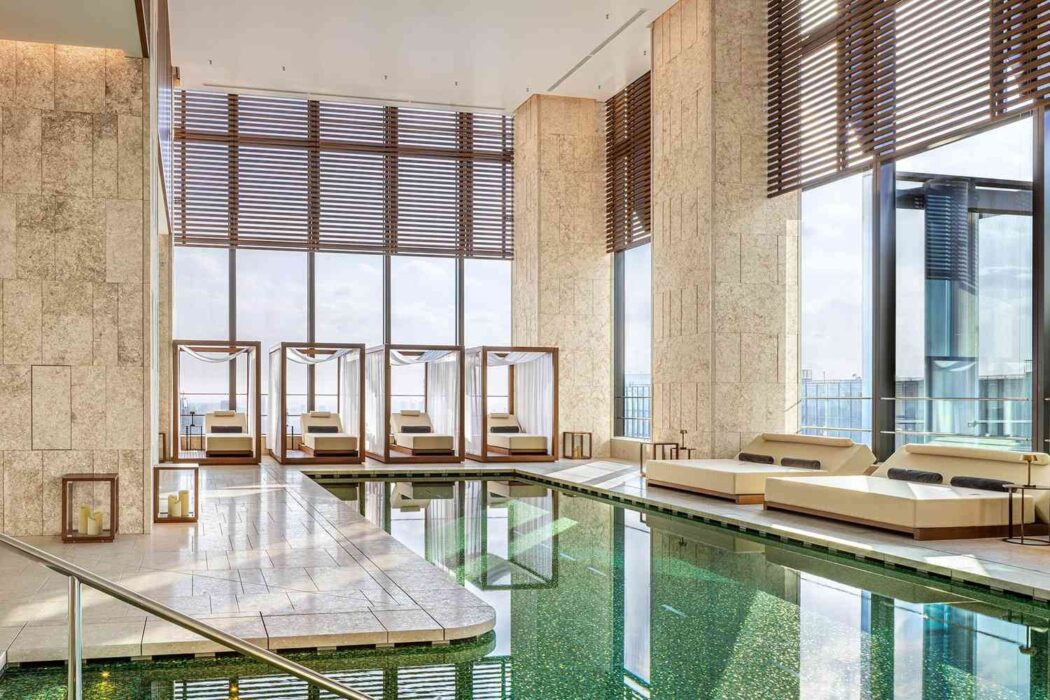
Visit the Jade Room and Garden Terrace to experience the hotel’s playful style, where British chef Tom Aikens has launched his first Japanese restaurant. In the Lobby Bar, you can enjoy Japanese cocktails on emerald stools and a white marble bar. Explore the galleries, bars and shops in Kamiyacho during the day, as well as Shibakoen’s parks and temples near Roppongi.
Azumi Setoda, Hiroshima

Located in a region renowned for its still blue waters, seafood, citrus fruit, and horizon dotted with islands, this place is a modern riff on traditional ryokans. Located on Ikuchijima island in the former home of prominent local family Horiuchi, the hotel has a curved roof and dark wood interior, revealing a minimalist wonderland with clean lines, exposed timber beams, an open-plan restaurant, and – the highlight – glass walls that overlook a garden lined with pines, willows, and cherry trees.


Known for its exquisite craftsmanship, Azumi Setoda also blends a pared-back, modern edge with a strong sense of community. Azumi Setoda is reinvigorating its surroundings and focusing on sustainability at the same time. Besides sourcing food locally, Azumi Setoda is involved in plans to generate all energy by 2023 by using renewable sources.
Higashiyama Niseko Village, Niseko
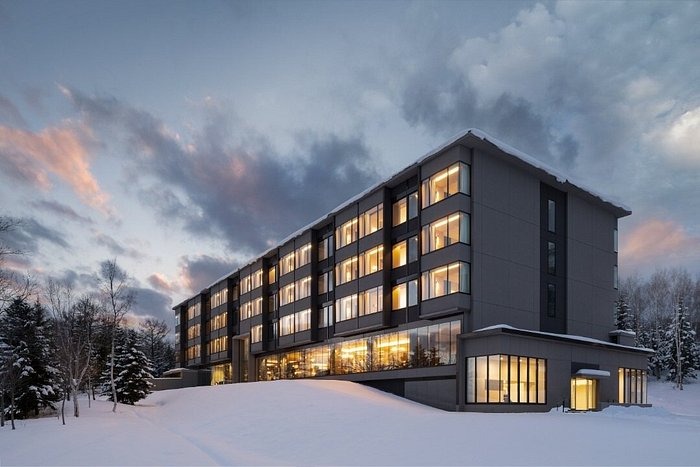
The ski resort has become one of the most popular places to visit and be seen on Japan’s northernmost island of Hokkaido in recent years. Historically, Niseko has been an in-the-know, thrill-seeking slope lover’s hangout (with a healthy budget). Hotels and Michelin-starred restaurants have been popping up on the piste at record rates in response. The resort’s green mountain forests, hiking trails, and wildflower fields are best enjoyed when the snow melts.
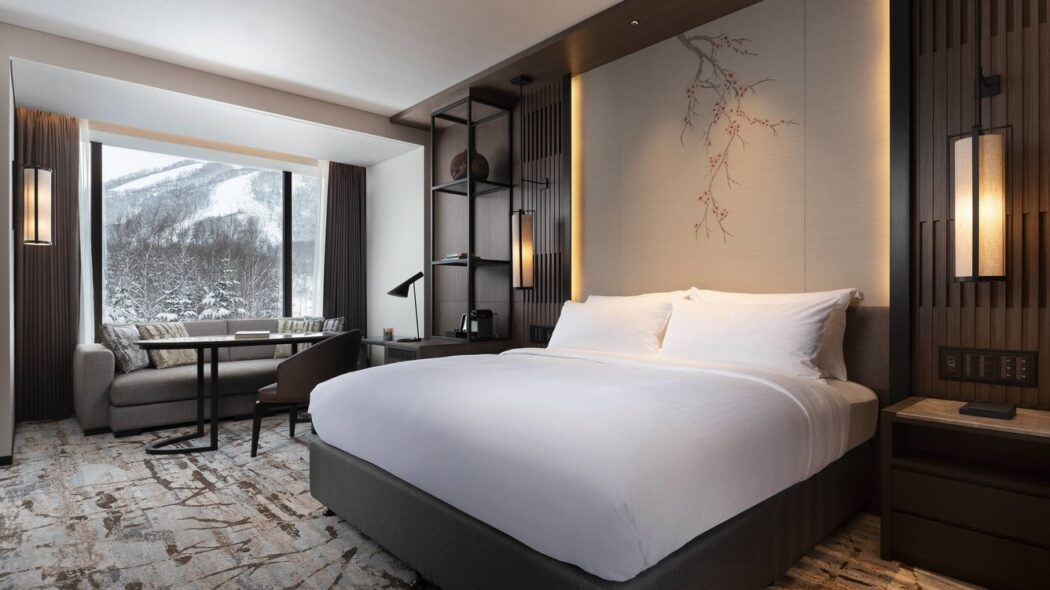
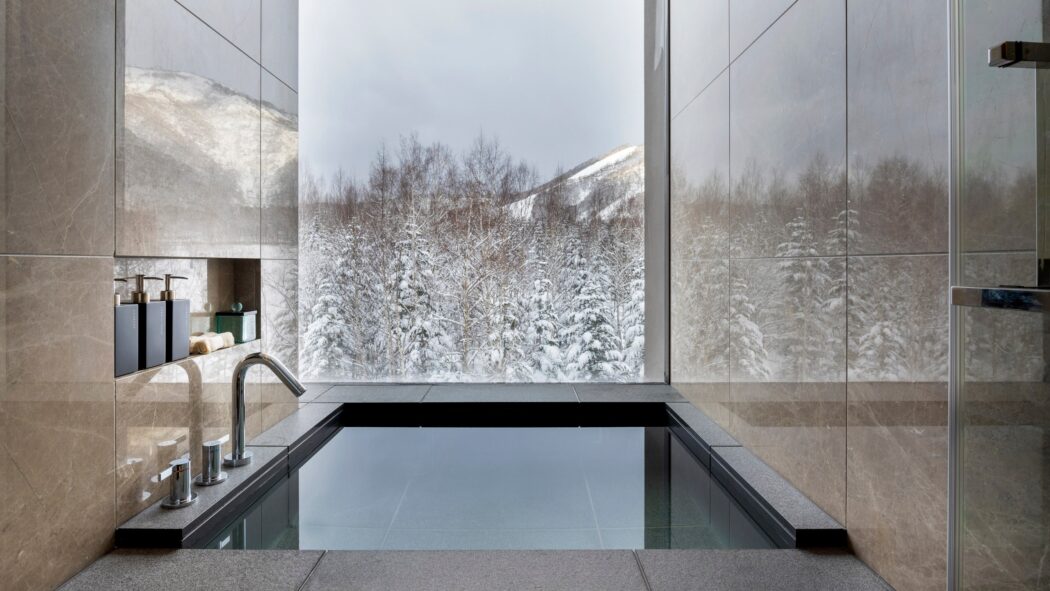
Although Higashiyama Niseko Village is surrounded by glitz, it retains a sense of intimacy and familiarity. From the delicate cherry-blossom motifs on fabric panels above the bed to the plush forest-like carpets, there are hints of the natural world threaded throughout the design. It has deep, gray tubs and glass walls that allow you to soak in a Japanese-style tub with a view. Make sure you get a room with a view of Mount Yotei through the glass walls.
The Mitsui, Kyoto

With a dream-team of creatives, Hotel The Mitsui is located right next to the 17th-century Nijō Castle. The new Kyoto spot was created by Japanese architect Akira Kuryu and Hong Kong-based André Fu, who previously managed The Upper House in his native city and Villa La Coste in Provence. With smooth wooden arches, clean-lined modern touches, and sleek ceramic sculptures inside, guests feel soothed the moment they enter the ornate gateway. As well as wabi-sabi bowls, moss pots, and views of the ancient castle, bedrooms feature abstract water motifs and birch wood that bring the central, blooming courtyard inside.
Thermal Spring Spa, located in the basement, has a huge onsen pool with black walls, four treatment rooms, and a traditional Japanese-inspired massage with rose petals. If you’re an onsen lover, you’ll want to stay in the Onsen Suites in the basement, which have sleek rooms with private baths.
Ace Hotel, Kyoto

Its bold design stands out among the sedate ryokans and machiya townhouses of Japan’s ancient capital, despite Kyoto’s traditional associations with charm and discreet style. Commune Design and Kengo Kuma, the architect responsible for Tokyo Olympics HQ the Japan National Stadium, designed the hotel, which attracts a young, creative crowd. By combining new-generation craftsmanship with a hint of Americana, the interiors blend Japanese and American aesthetics.


Take a stroll through the hotel and see the work of 50 artists, admire the maximalist lobby and bright artwork, or shop in the curated boutiques located downstairs. A vibrant Kyoto-US formula continues in the 213 bedrooms, which depart from traditional tea room minimalism. Typical of Ace values, the hotel uses sustainable materials and is the first LEED-certified hotel in Japan.
Hotel Log, Onomichi

There is nothing unusual about the outside of this place, which is named Lantern Onomichi Garden. In 1963, the Shinmichi complex, built on the slopes of Mount Senkoji overlooking the Seto Sea, was built to house white-and-peach apartment buildings. Architect Bijoy Jain from Studio Mumbai has transformed it into an arty six-room hotel inside by designing it wild yet disciplinedly. The cocoon effect is heightened by the scarcity of furnishings in Jain’s first project outside India. The walls, floors, and ceilings of the bedroom are covered with gleaming white washi paper; the cocoon effect is deepened by the absence of furnishings. In these large, spartan spaces, sleeping is like sleeping in an art installation, although futons are extremely soft, and the larger rooms have bath tubs.
Despite feeling gently surrounded by a paper lantern, the structure is high up, overlooking the pines, palms and roofs of this free-spirited temple town often dubbed Japan’s Portland: golden light pours in through a window. While Eighties pop plays on the turntable, sip a glass of Chardonnay or a cocktail at the lacquered bar.
A heavy emphasis is placed on vegetables, so menus are dominated by salads with greens and microherbs, while ceramic bowls are filled with citrus fruits such as mikan and hassaku that are anything but ordinary. A ryokan usually imposes tatemae, a rigid and structured way of thinking. However, by interpreting it in a contemporary way, a laidback hangout has been created where social barriers can be broken down, even for Japanese guests.
Hotel Cultia Dazaifu, Fukuoka
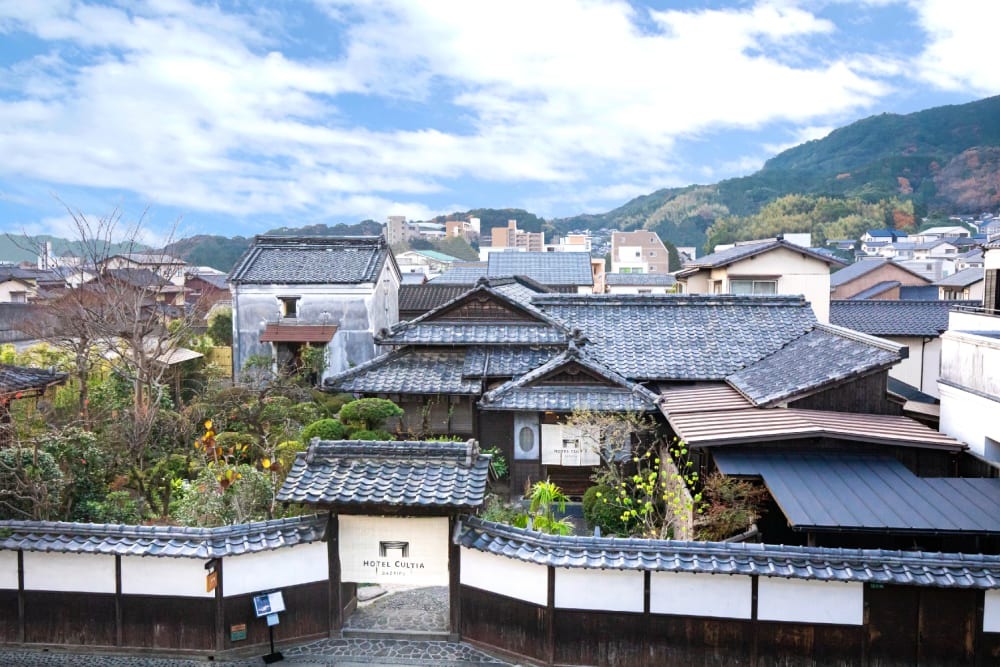
Although Tenmangū shrine is a popular Shinto pilgrimage site on Kyushu island, travellers often overlook it. It’s a shame – this is a place where visitors can connect with nature and understand Buddhism in a way that temple-hopping on the beaten paths cannot. There are 3,000 acres of shrines, ponds, cedar forests and 6,000 plum trees at this 3,000-acre complex 30-minutes from Fukuoka. Tenjin, the patron deity of learning, is believed to live there, and regular exhibitions, meditation classes, and architectural tours are held there. Directly across the street from Fukuoka, this four-room hotel opened at the end of last year. It is a modern sanctuary with traditional touches and guided morning worship. It is roofed with tile, like a ryokan and resembles a shukubo lodge.
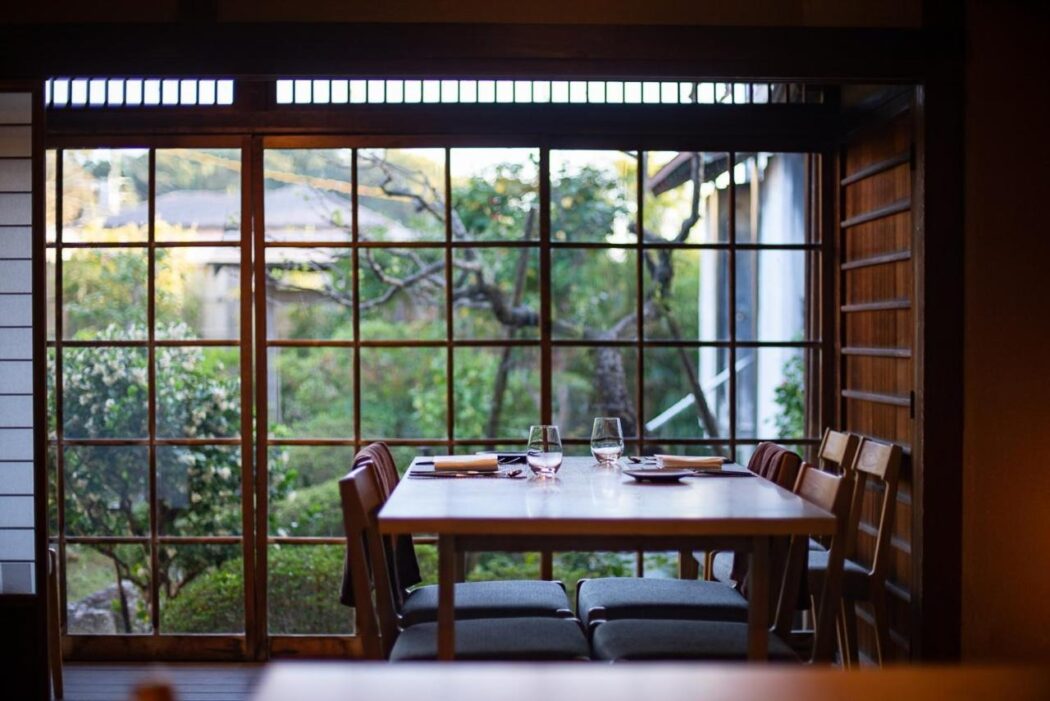
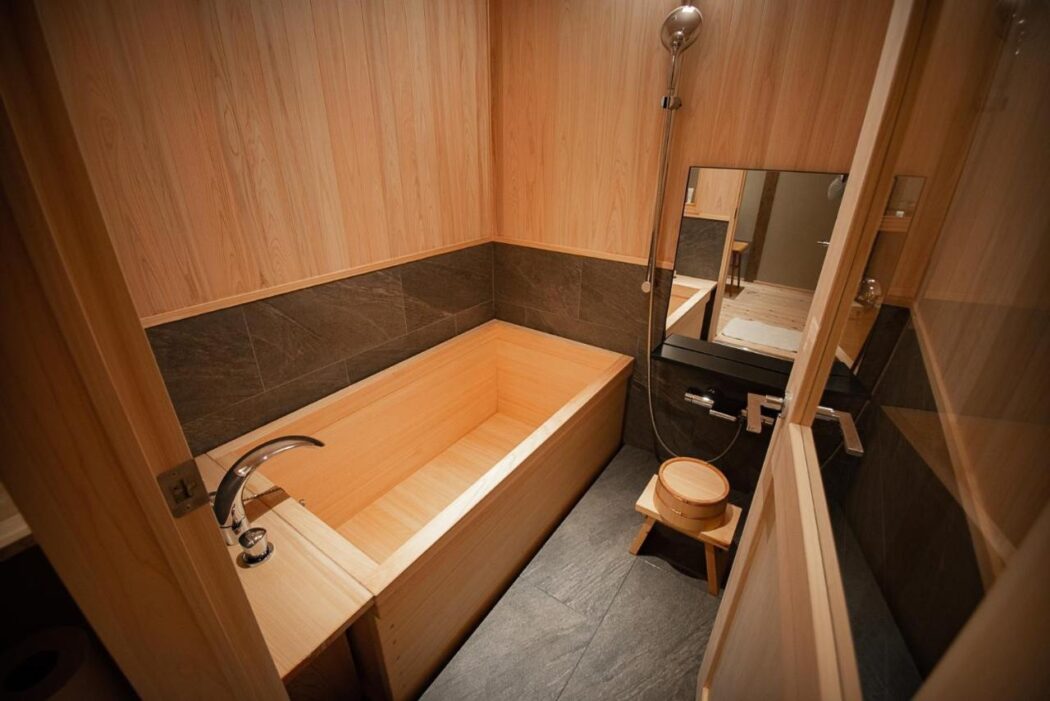
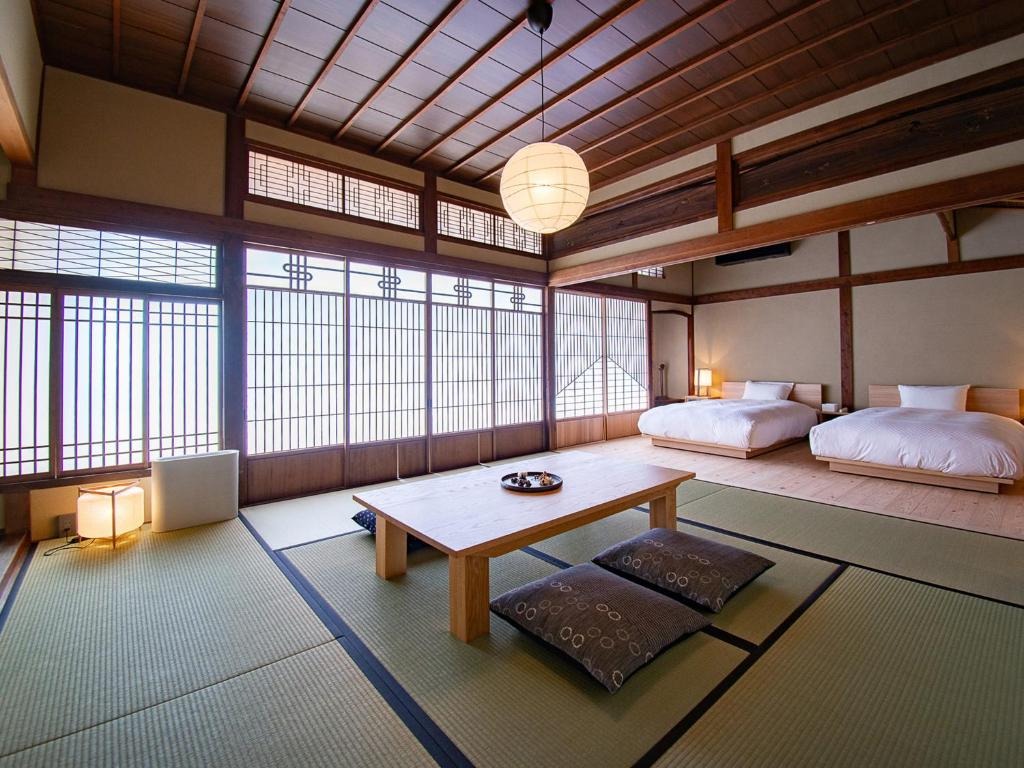
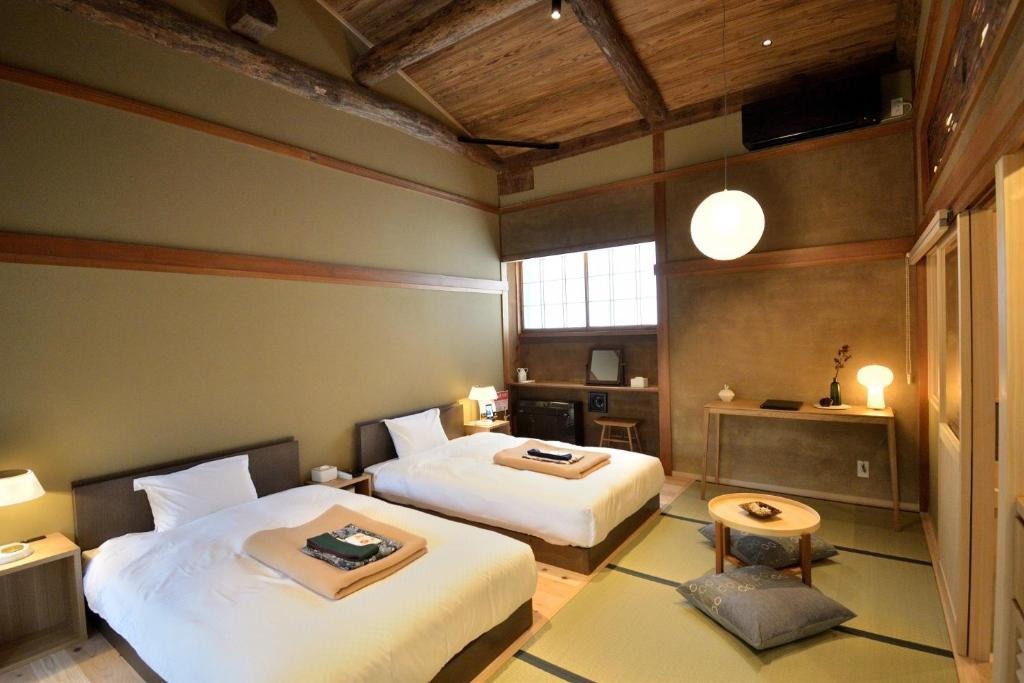
There are still paintings and scrolls on the walls and doors of the former residence of the Yoshitsugu family. Some rooms have private gardens of moss, stone lanterns and fringed lilies, connected by outdoor stone paths and screened off by sheer linen noren. Cabin-like features like vaulted ceilings, meticulously sanded floors, and wood-paneling that is undecorated add a rustic touch. Despite the fact that there are numerous charging points and Danish chairs, the lack of visual distraction is soothing. Listen to the chimes of the Bonsho bell, the oldest in the country, as you slide open the fusuma windows. Next, sit down at the French-fusion restaurant to eat itoshima pork or sautéed red gurnard. It’s a decadent alternative stay that reminds you that enlightenment isn’t always about starving.
Kishi-Ke, Kamakura
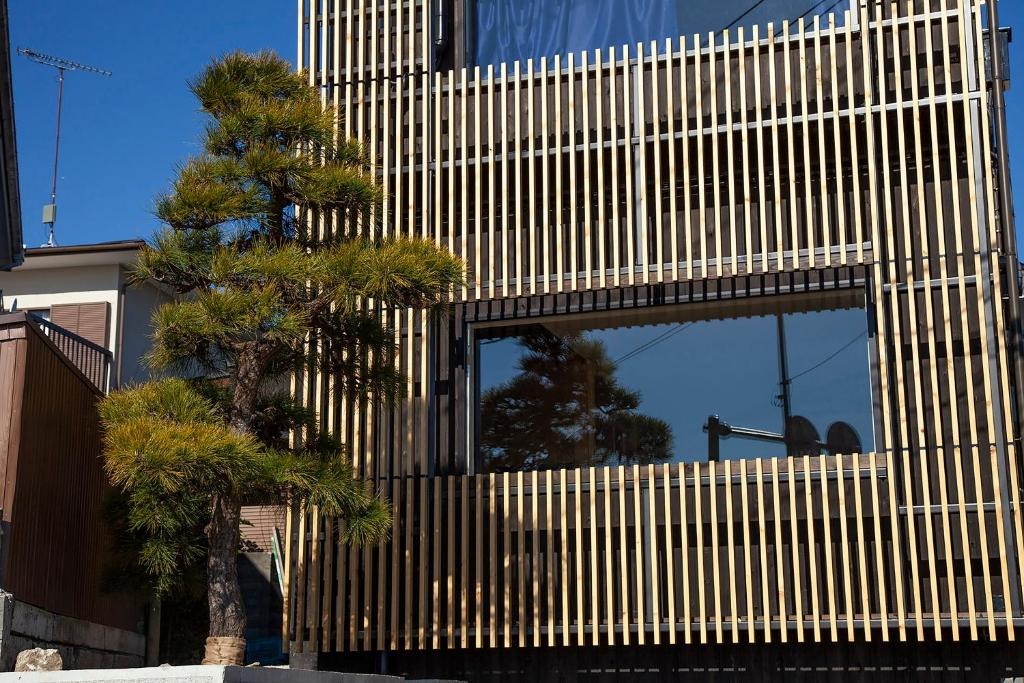
If you think Japan is too uptight, you’ve got to visit this sunny corner, just an hour away from Tokyo. From 1185 to 1333, Kamakura was the capital of Japan with 65 Buddhist and 19 Shinto shrines. With taco stands, smoothie shacks and cosy izakayas filled with beach-goers in wet suits, it’s a breezy surf town. One of the smallest ryokans in the world was opened in July 2019 – the one-room Kishi-ke, a minimalist inn that accommodates up to four guests, run by the spritely young local Nobuyuki Kishi and his wife, Hitomi, a product designer. In order to create a painting-like courtyard, Ryohei Tanaka and landscape architect Akihiko Ono collaborated on the reconstruction of the former samurai house under Kengo Kuma.
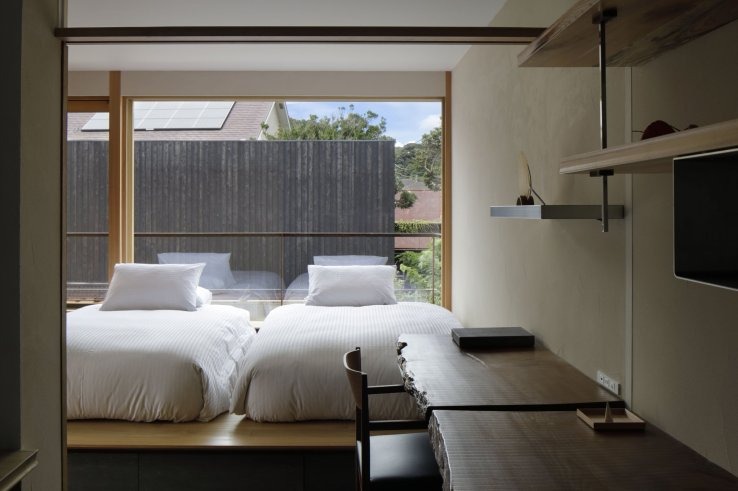
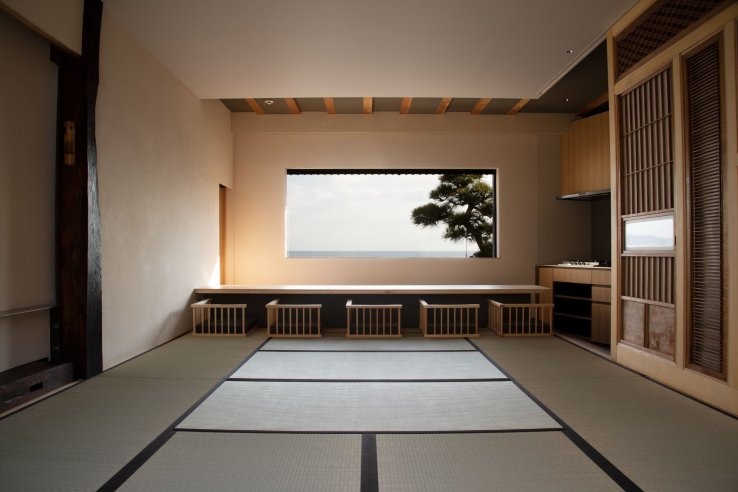
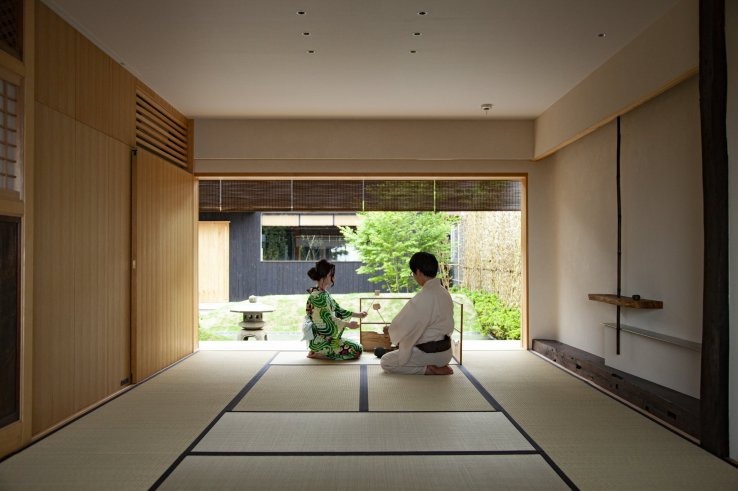
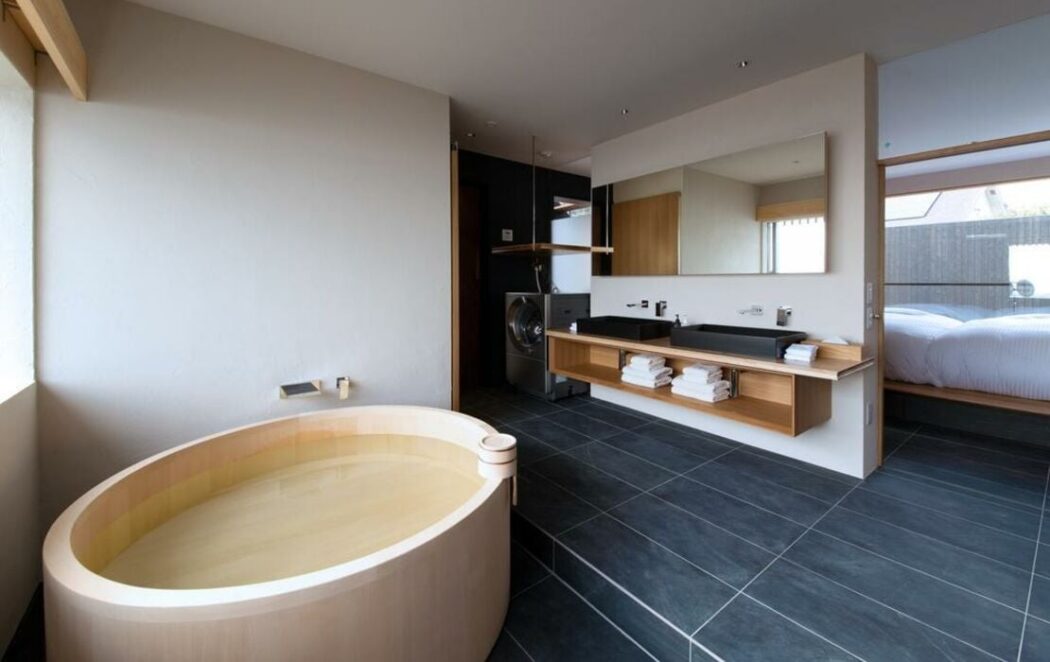
As you gaze across the road at Sagami Bay, its waters warmed by the Kuroshio current, and Yuigahama Beach, one of many sandy beaches along this stretch of coast, the hotel literature asks, “Are you satisfied with your life?” As part of their chisoku philosophy, the couple emphasizes living in the present. Zazen meditation, vegan food and tea ceremonies are all offered as part of the Rinzai sect of Japanese Buddhism. But what makes Kishi-ke special is its connection to the sea: watch surfers catch the last of the day’s copper waves while nibbling on shirasu (white-bait) sashimi at the five-seat counter in the main room.
Nipponia Mino, Gifu
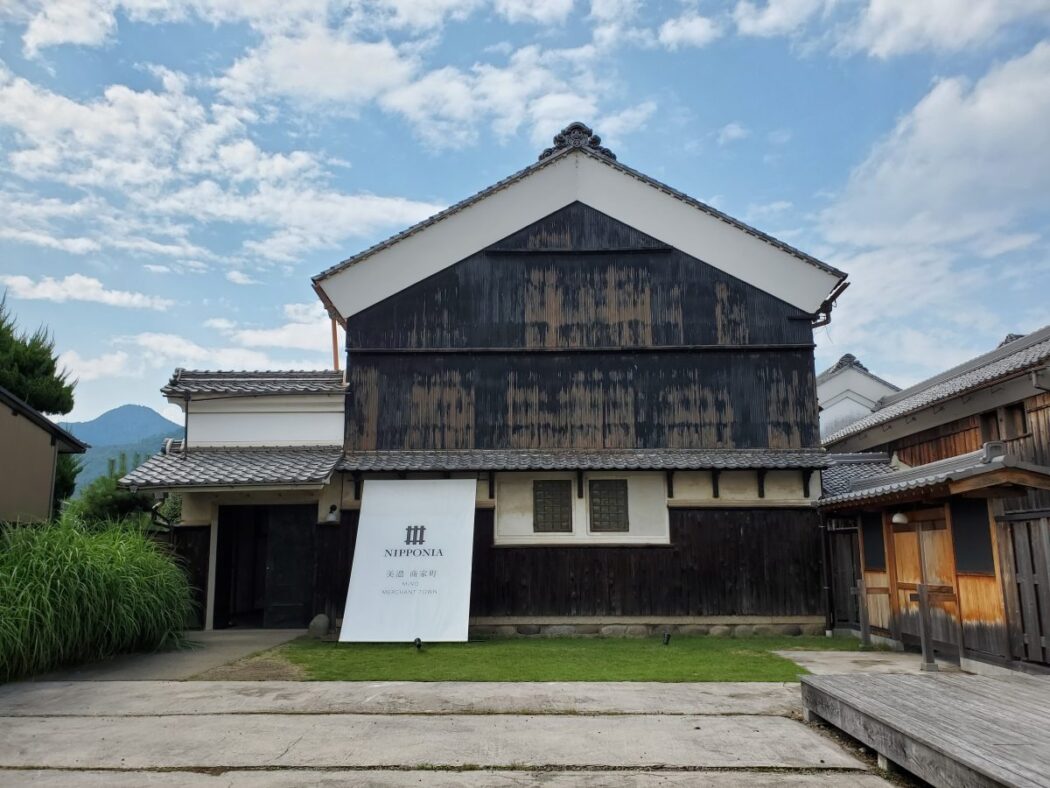
The only people who know about Mino are washi-paper pilgrims. This untrammelled merchants’ settlement less than four hours from Tokyo has managed to become a curious spot worth a detour despite being abandoned as many small towns do. Today, the Edo-era wooden row houses are filled with cafés and ceramic shops for those in search of an authentic Japanese experience, thanks to architects who admired then restored them. In 2019, Nipponia Mino, an Arts-and-Crafts-style hotel converted from an estate in the Twenties, strikes a similar note. In addition to screened tea rooms and private gardens with moonlight views, the property also serves as a showcase for traditional design since it was once the atelier of prominent papermaker Matsuhisa Seijiro.
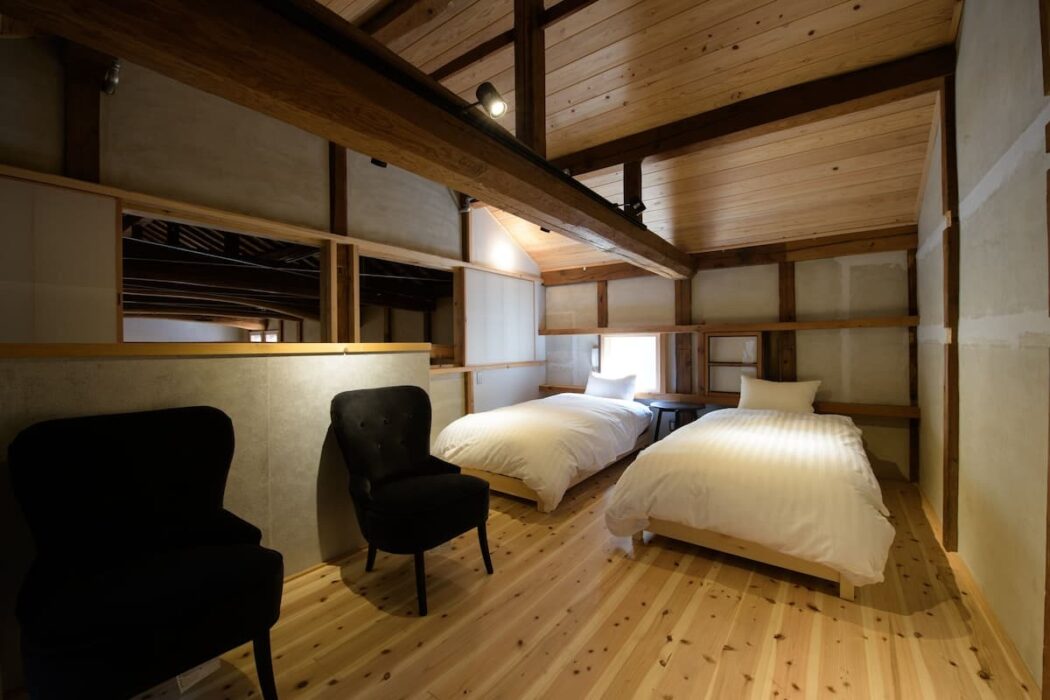
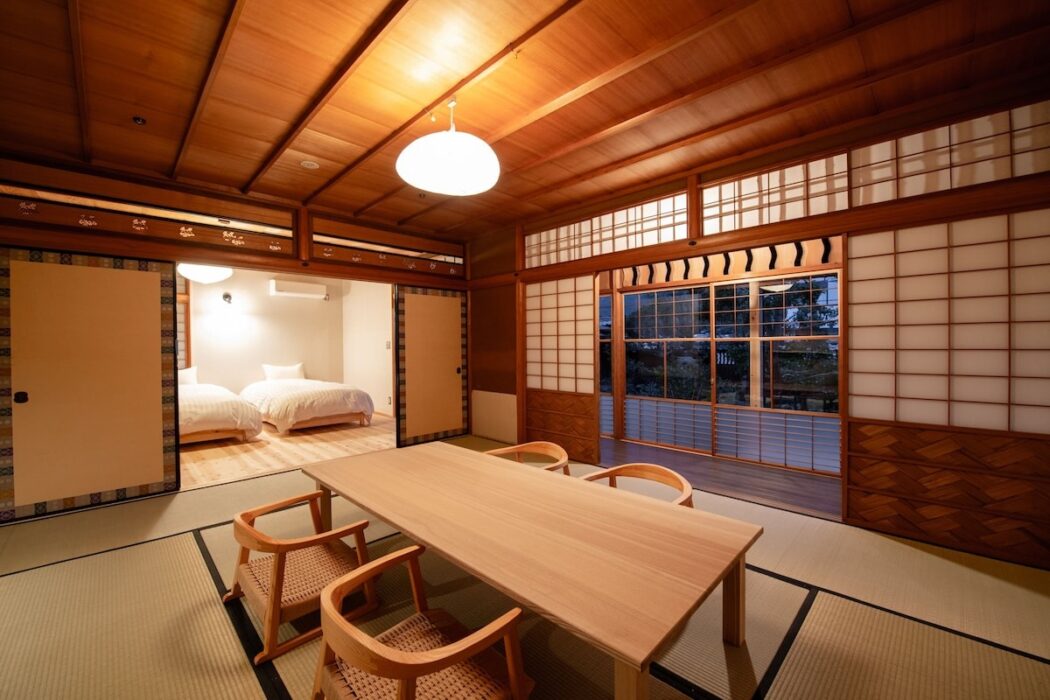
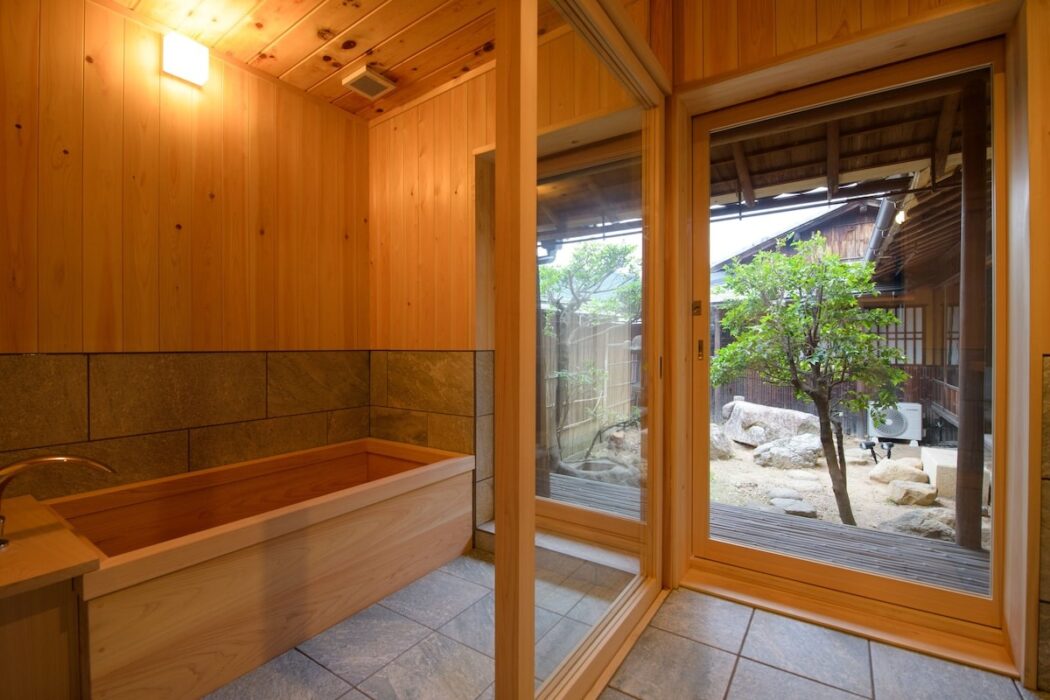
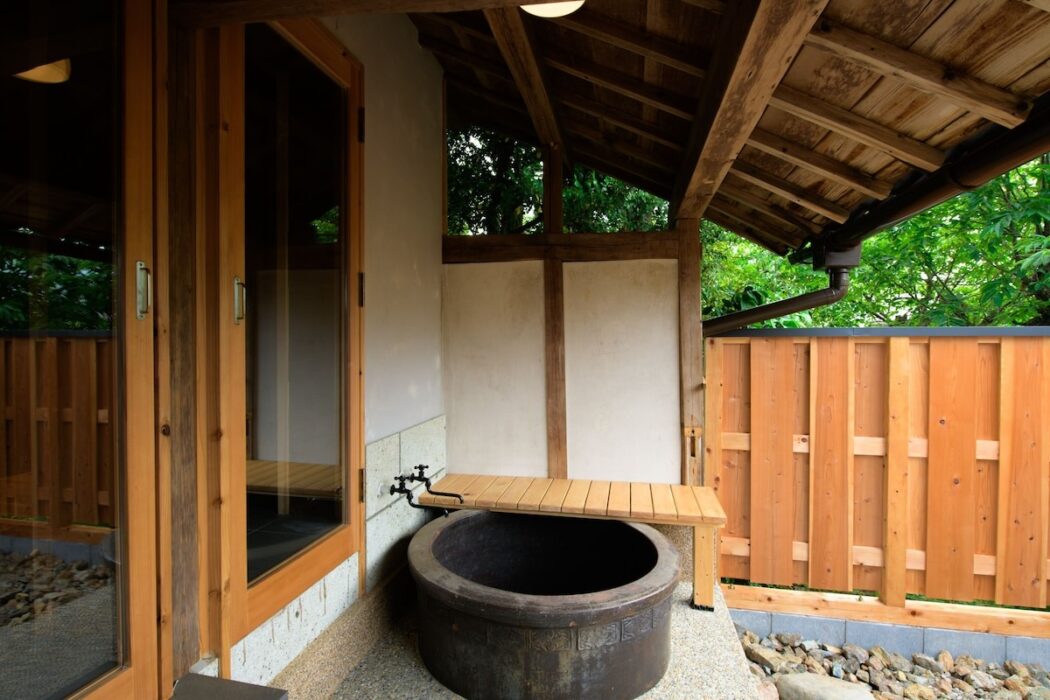
A split-level warehouse features an outdoor clay bath, while the maisonette is adorned with wallpaper patterned with waterfalls, calligraphy and washi with fragrant cedarwood chips inlaid with fragrant cedarwood chips. Interiors are adorned with woven-thatch wainscoting and mushiko-mado latticed windows. It is also possible to sign up for courses or buy products in the lobby’s paper shop. With this project, the Nipponia group is demonstrating that harnessing the past can be a smart way to look forward to the future by renovating historic structures in lesser-known areas and championing sustainable renovation techniques.
Maana Kamo, Kyoto
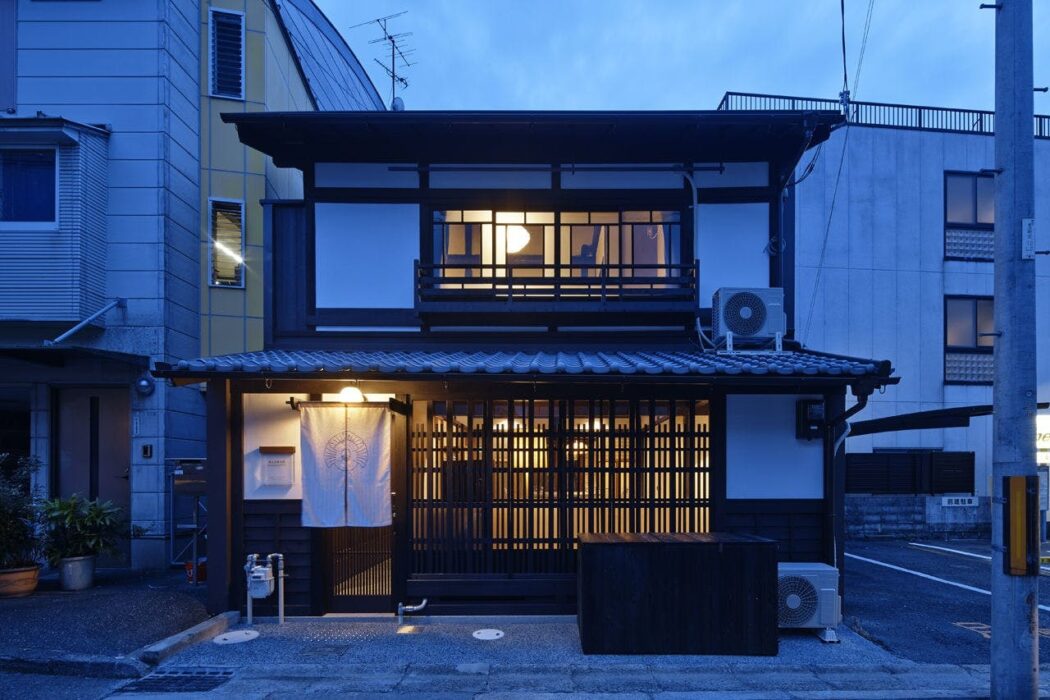
Irene Chang and Hana Tsukamoto probably did not imagine that three years later, they would have made their business plan a reality when they scribbled it on a restaurant napkin in Spain. Last year, the thirtysomething designers launched the Maana Homes collection, a collection of machiya townhouses combining contemporary design and new-generation craftsmanship with a touch of homeliness. They are currently building two, with four more in the works. Tsukamoto, who studied in the USA and returned from New York last year, said that he was looking for something that bridged the gap between Airbnb and luxury hotels. A 100-year-old house near the river has been renovated by Shigenori Uoya – who also renovated Sowaka – by removing vinyl coverings and tiled ceilings to reveal clay walls and beams.
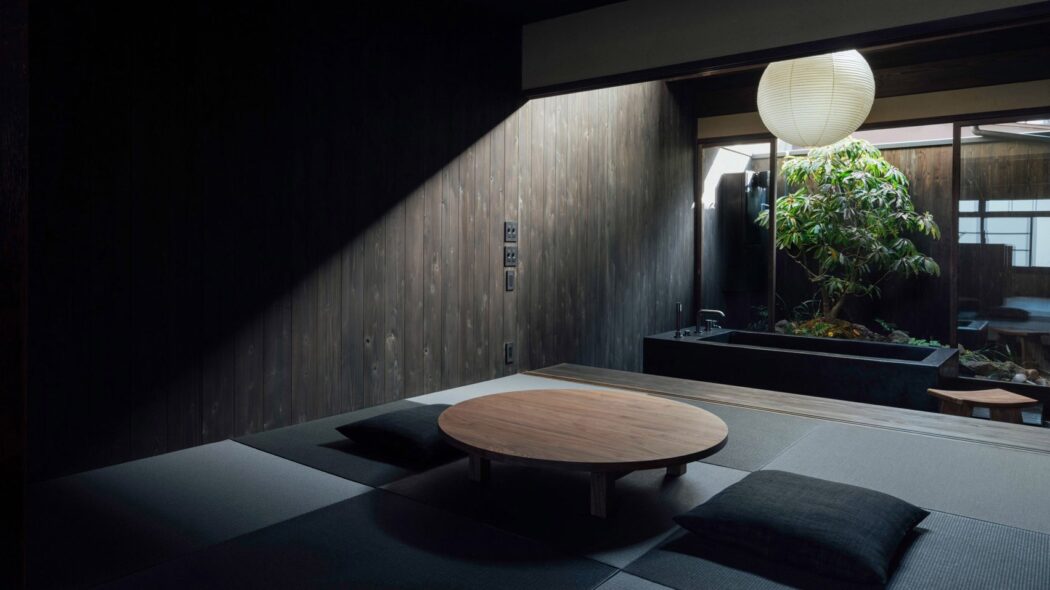
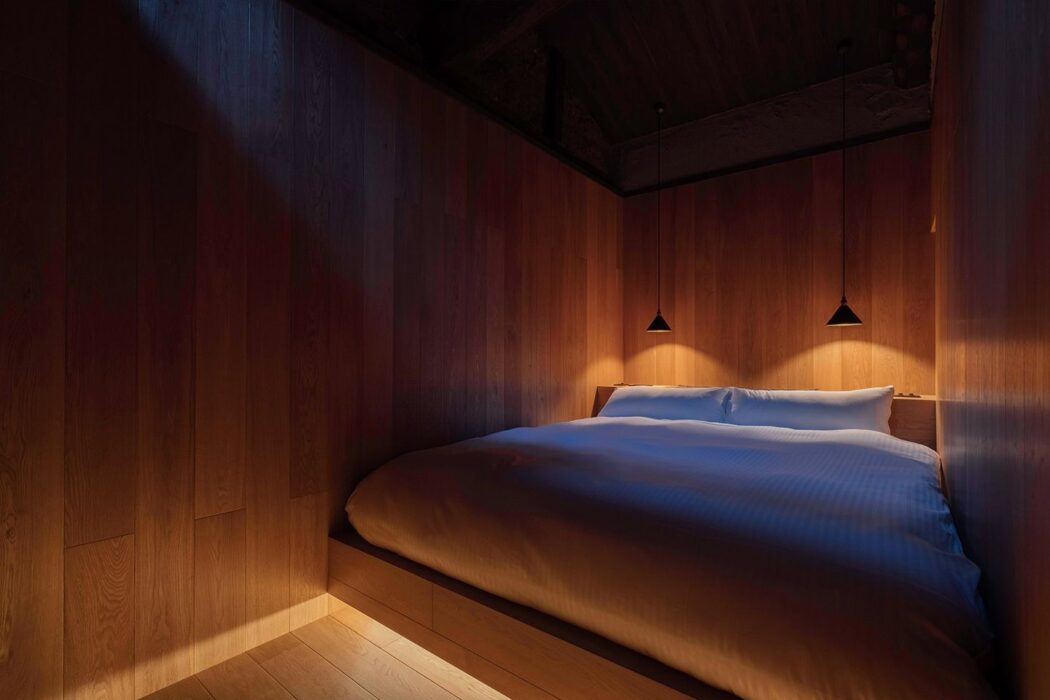
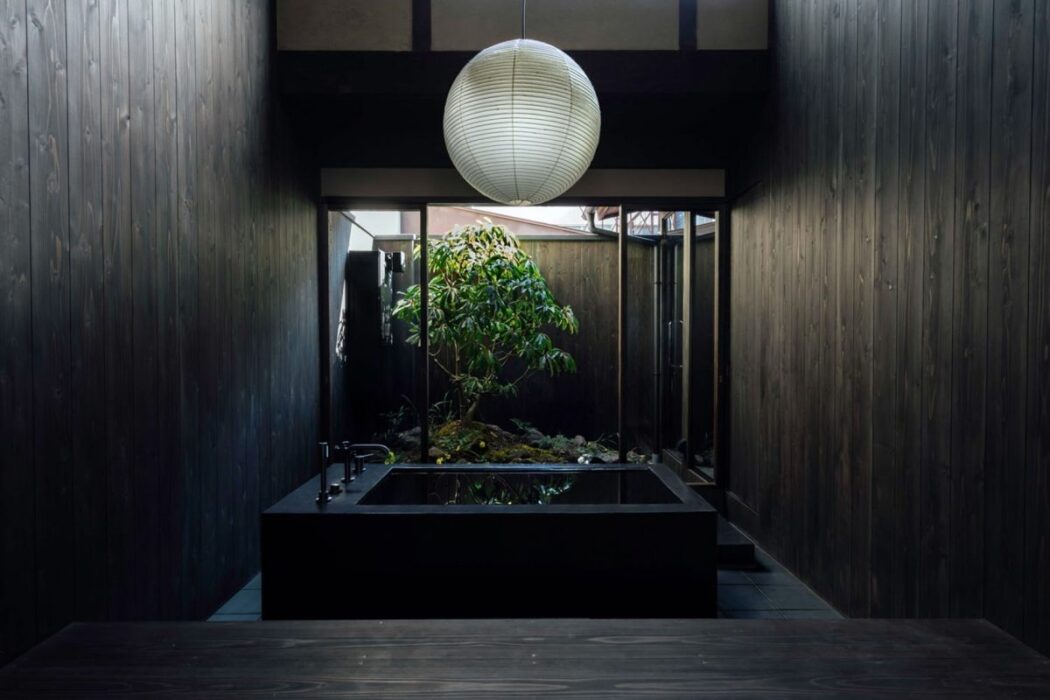
Hip caterers Ototo Jet can prepare temari sushi feasts in the sleek kitchen, decorated with Jasper Morrison Maruni stools. A minimalist living space opens up to reveal a large stone bath with a moon-like paper lantern.
“It’s not an obvious place to put the bath,” says Tsukamoto. “But I had a very clear vision of this beautiful view straight through the house.”
From low rattan chairs to bold textile art, their first property, Maana Kyoto, in Tambaguchi, has a similarly seamless mix of heritage and modern elements.
“The concept of these homes is to find stillness and silence within,” says Tsukamoto. “But it’s also important to make sure guests are comfortable. It’s about finding a balance.”
Trunk House, Tokyo
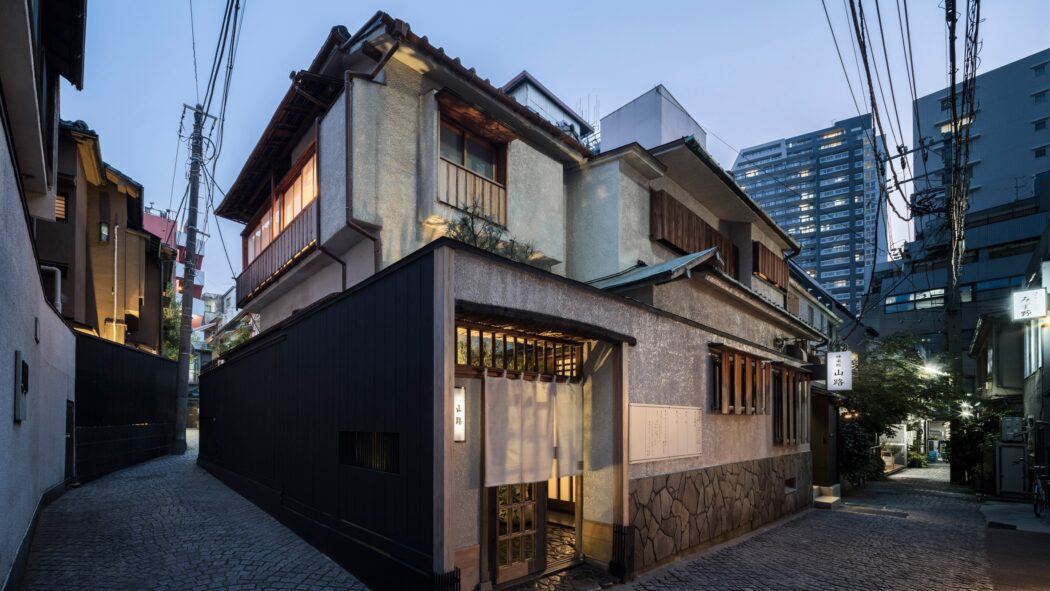
After a renegade chef at GiroGiro broke all the rules of the ceremonial dinner in 2010, Japan-based food critic Robbie Swinnerton coined the term punk kaiseki. Trunk is punk omotenashi (hospitality), as GiroGiro is punk kaiseki. Tokyo hasn’t seen anything like it since the Park Hyatt Tokyo opened in 1994. A cobblestoned back alley in the Kagurazaka neighbourhood, which is also home to Shibuya’s Trunk Hotel, is home to this art-filled property built by entrepreneur Yoshitaka Nojiri. Before you enter the Trunk rabbit hole, a pair of decorative albino tanuki raccoons guard the stone entry (a whimsical piece by art collective GELCHOP called Karma Camellia) of the former geisha training house.
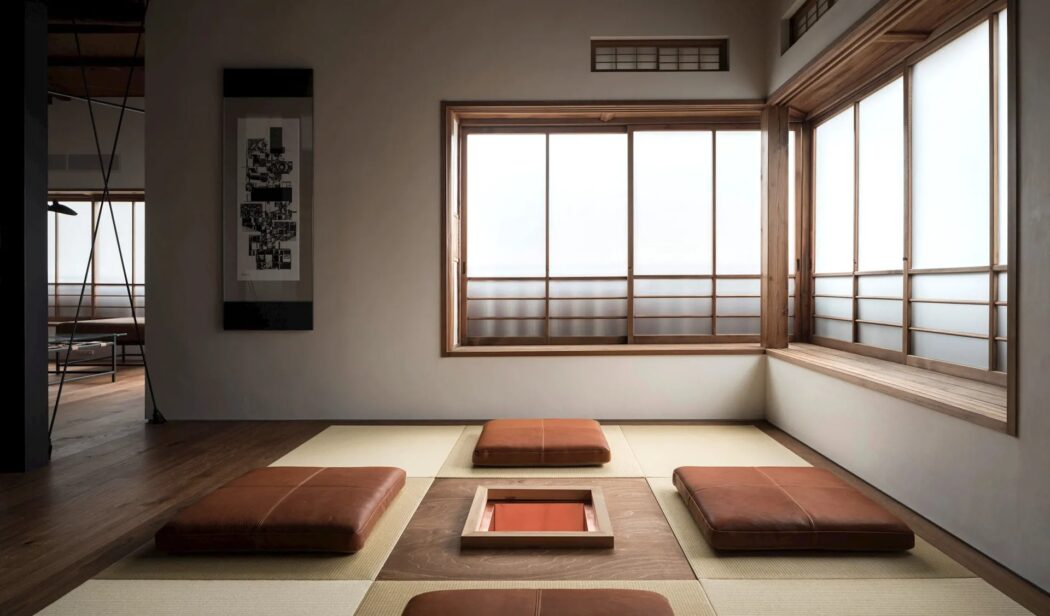
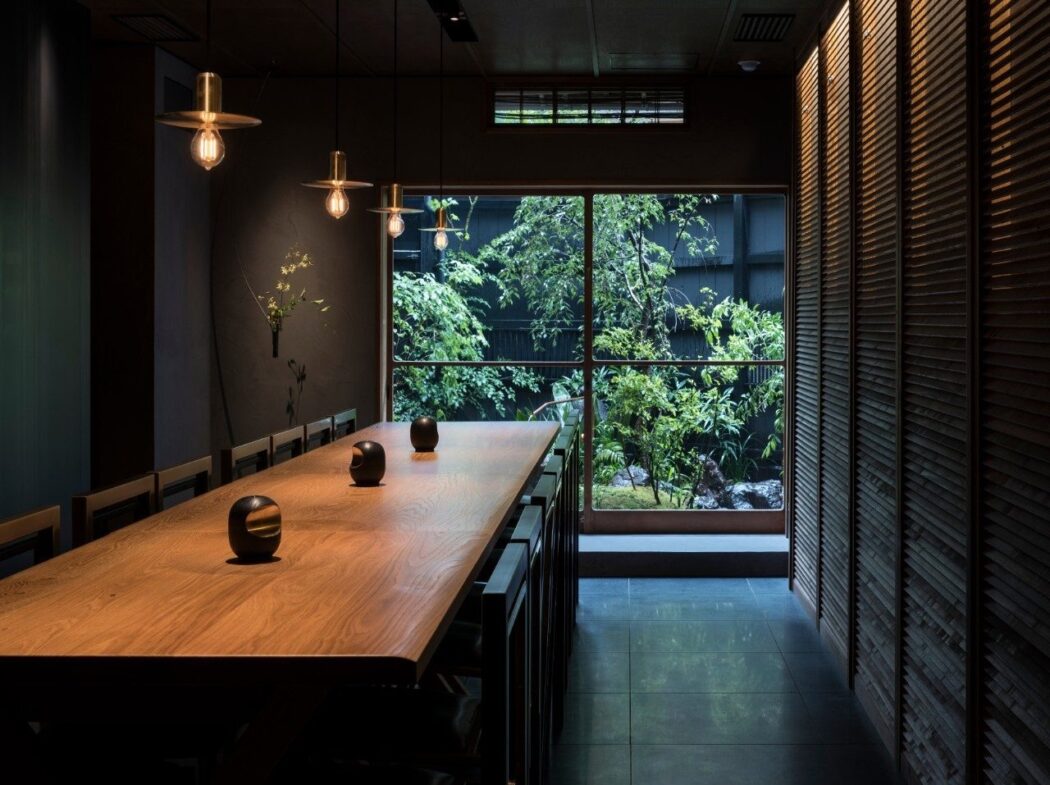
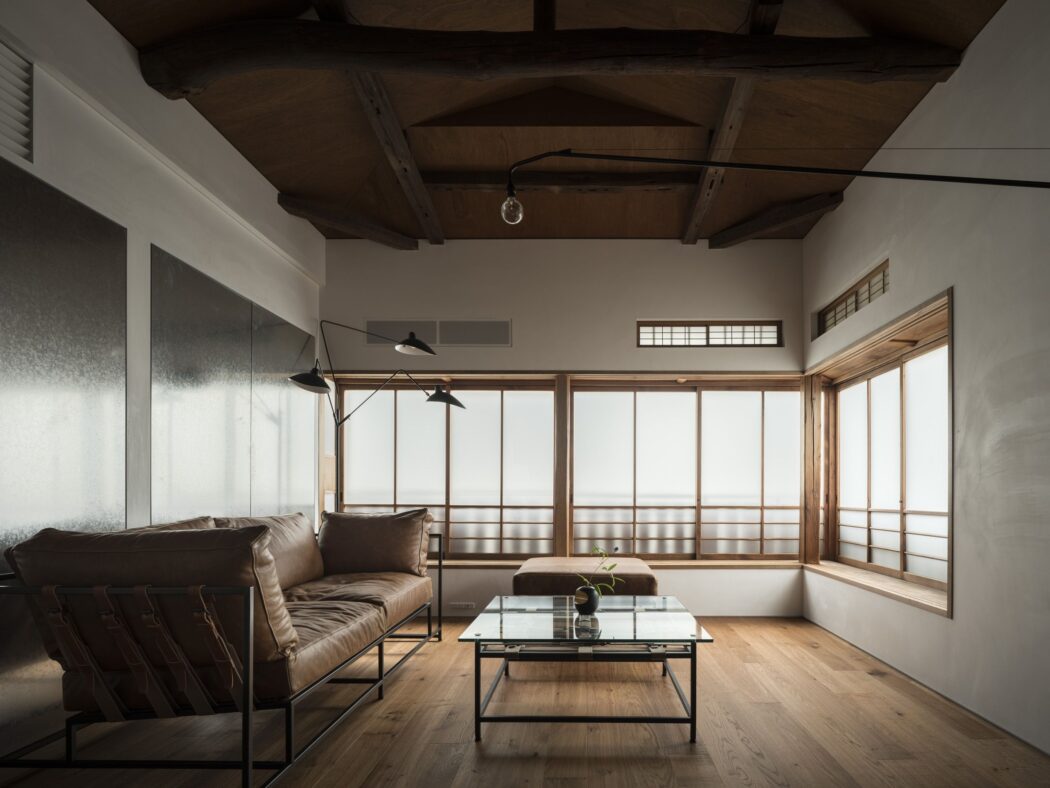
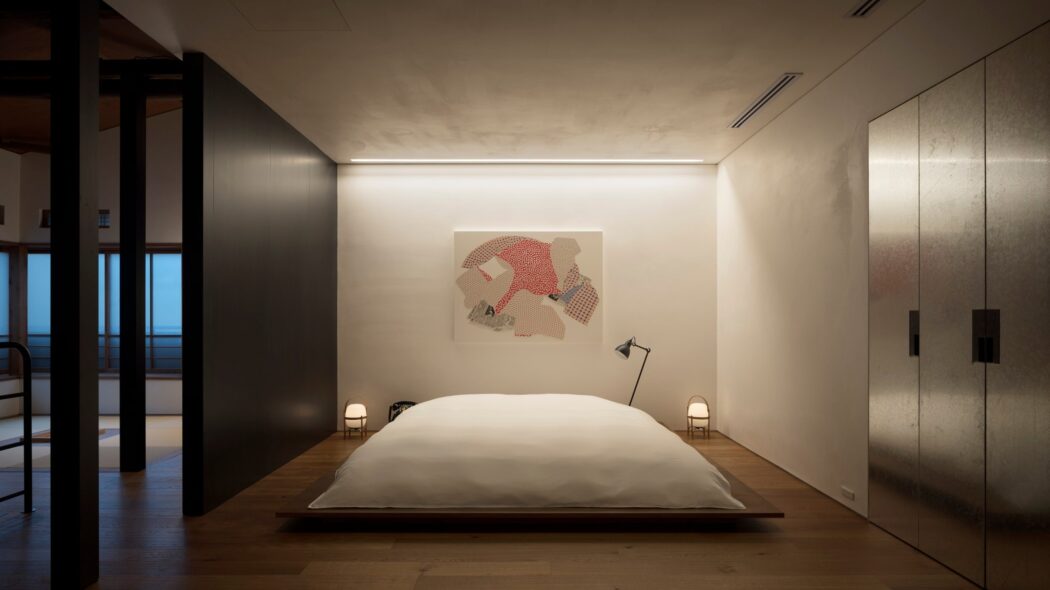
There are standout works that challenge preconceived notions about Japan – a stained-glass window depicts a frog smoking a joint and a shunga (graphic erotic art) hangs above the hinoki soaking tub for three people. Museum-quality furniture, lamps, and beds from Tom Sachs, Herman Miller and Jean Prouvé add sophistication to the room. It is an exclusive house, so there is no jostling around the firepit; there is a butler and a chef who prepare ornate snacks, like oysters on the half-shell dipped in yuzu cream, whenever you like. Its secret microdisco is hidden under the stairs, with a bar full of whiskey bottles. Beyond the padded door, rainbow-lit glass dance floors bounce off glitter balls as blinking lights pour from the dance floor. A Sex Pistols song is even available for karaoke to round out your stay in Japan.
Sowaka, Kyoto
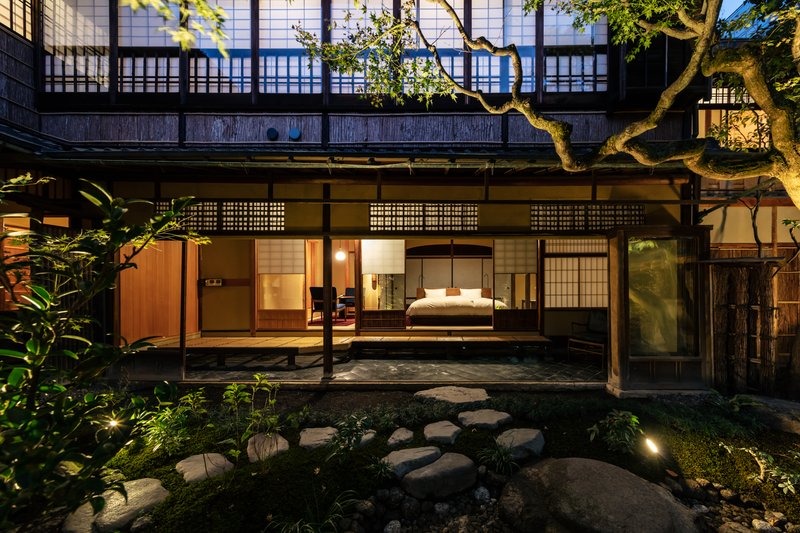
There were dancing geishas in the gardens of this high-end tea house for more than 100 years, a poetic maze of wooden corridors, sliding screens, and haiku-inspired gardens. Like many things in the ancient capital, it now combines old and new expertly in the form of a ryokan. In the temple-packed Gion district, the hotel combines Sukiya-zukuri architecture with contemporary design, resulting in its name meaning ‘happiness’ in Sanskrit. With a sleek black-on-black restaurant and cashmere mattresses, it offers the hushed reverence of an inn without the strict rules. Instead of strict in-room mealtimes and futons unrolled nightly, the hotel offers a sleek black-on-black restaurant with no rules. A lantern-lit pathway leads to a genkan stone threshold through a split curtain, so the entrance is easy to miss. On the inside, a 21st-century tableau unfolds: creaking corridors, circular paper windows, and Nordic-inspired furniture.
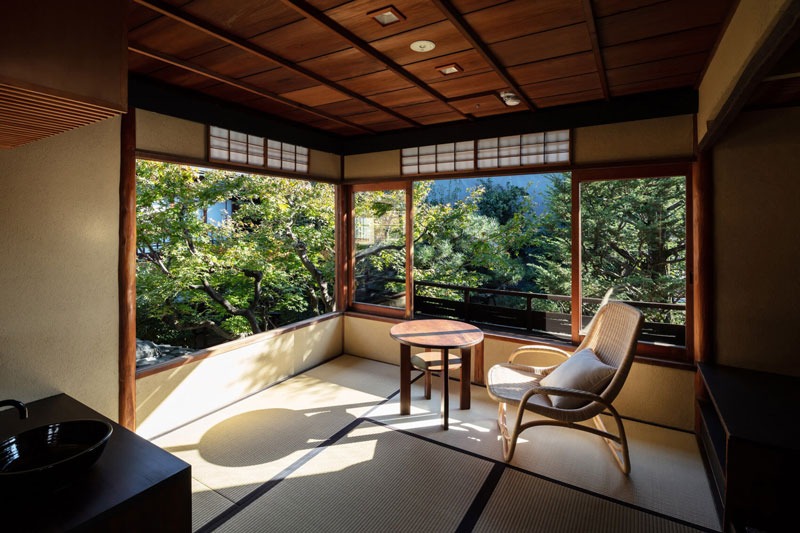

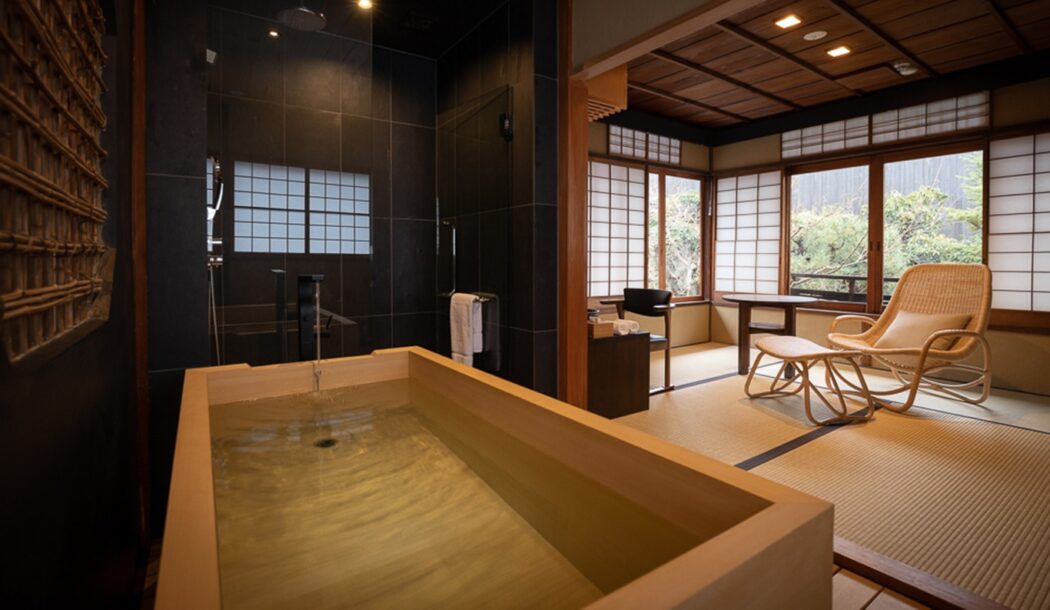
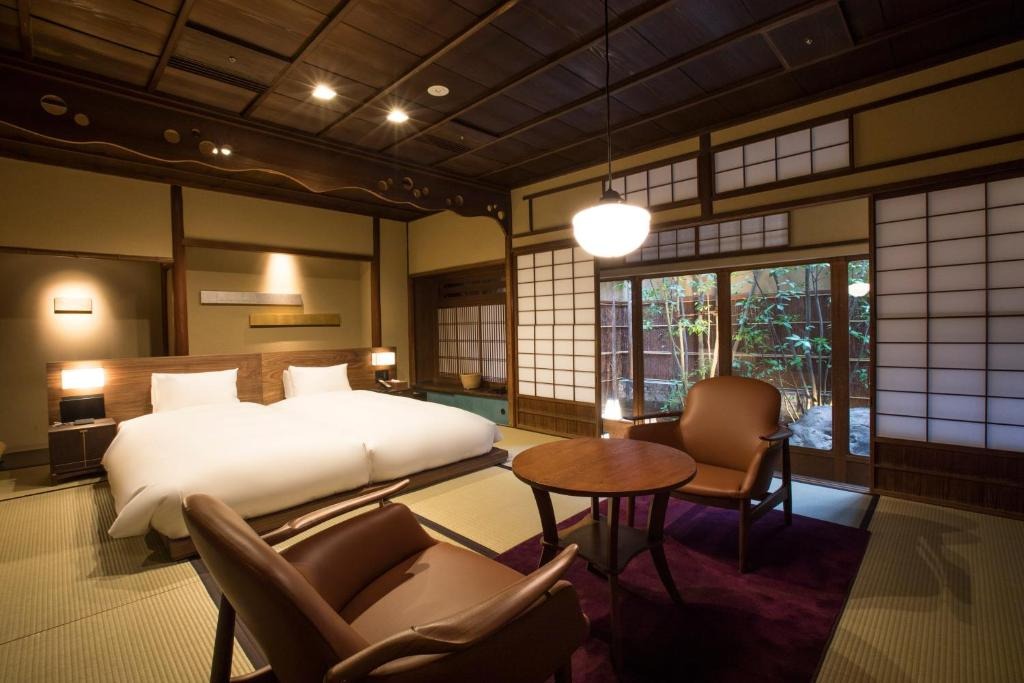
The rooms are different: some have sliding screens leading to partitioned areas, while others include tea ceremonies. The main building was renovated by architect Shigenori Uoya, together with 100 artisans. There are more current nods – modernist chairs, cedarwood Bluetooth speakers, graffiti-like scrolls. A 12-room annex with textile art and angular windows overlooking the rooftop was added as well. There is a strong emphasis on food here at La Bombance, an outpost of the Michelin-starred Tokyo original with dramatic lacquerware panels that serve up delicate interpretations of local cuisine like wagyu beef and ginger hotpot. There is an intuitive convivial spirit at all the very best ryokans, old-school or new-wave.


